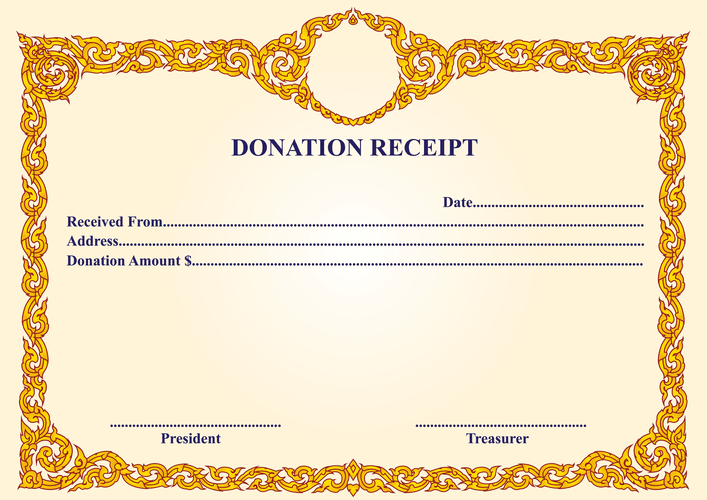Content

The revenue recognition principle also determines that revenues and expenses must be recorded in the period when they are actually incurred. Unearned revenues refer to payments received for goods to be delivered in the future or services to be performed. In this case, the company would make an adjusting entry debiting unearned revenue and crediting revenue account.
A computer repair technician is able to save your data, but as of February 29 you have not yet received an invoice for his services. At Business.org, our research is meant to offer general product and service recommendations. We don’t guarantee that our suggestions will work best for each individual or business, so consider your unique needs when choosing products and services. This is extremely helpful in keeping track of your receivables and payables, as well as identifying the exact profit and loss of the business at the end of the fiscal year. Now, when you record your payroll for Jan. 1, your Wages and Salaries expense won’t be overstated.
What Are Adjusting Entries? Definition, Types, and Examples
At the end of each accounting period, businesses need to make adjusting entries. This type of entry is more common in small-business accounting than accruals. However, if you make this entry, you need to let your tax preparer know about it so they can include the $1,200 you paid in December on your tax return. Remember, we are making these adjustments for management purposes, not for taxes. Most accruals will be posted automatically in the course of your accrual basis accounting. However, there are times — like when you have made a sale but haven’t billed for it yet at the end of the accounting period — when you would need to make an accrual entry.

Let’s assume that Servco Company receives $4,000 on December 10 for services it will provide at a later date. Prior to issuing its December financial statements, Servco must determine how much of the $4,000 has been earned as of https://www.bookstime.com/ December 31. The reason is that only the amount that has been earned can be included in December’s revenues. The amount that is not earned as of December 31 must be reported as a liability on the December 31 balance sheet.
Deferral of Revenues
The company would make adjusting entry for September (the month you ordered) debiting unearned revenue and crediting revenue. Adjusting entries are made at the end of an accounting period after a trial balance is prepared to adjust the revenues and expenses for the period in which they occurred. Under the cash method of accounting, a business records an expense when it pays a bill and revenue when it receives cash.
- And we offset that by creating an increase to an asset account — Prepaid Expenses — for the same amount.
- To understand how to make adjusting entries, let’s first review some useful accounting terms that relate directly to this topic.
- Depreciation is the process of allocating the cost of an asset, such as a building or a piece of equipment, over the serviceable or economic life of the asset.
- Adjusting entries are always done for the amount that has been used or the amount that hasn’t expired.
- This principle only applies to the accrual basis of accounting, however.
- Many experts list only four types of adjusting entries while others list five, six, or seven.
With cash accounting, this occurs only when money is received for goods or services. Accrual accounting instead allows for a lag between payment and product (e.g., with purchases made on credit). Adjusting journal entries are used to reconcile transactions that have not yet closed, but which straddle accounting periods.
Bookkeeping Outline
Likewise, payroll expenses are often out of sync with your business accounting ledger until afterward. This is why you need to make these adjustments to make them more accurate. Many experts list only four types of adjusting entries examples while others list five, six, or seven. These categories can include prepaid expenses, depreciation, accrued expenses, accrued income, unearned income, bad debts, and other allowances. Because prepayments are considered assets, the initial journal entry of your purchase would debit the asset, and credit the amount paid. Often, prepaid expenses require an adjusting entry at the end of a financial year, and an additional one when the asset’s value has been fully incurred.
Note that a common characteristic of every adjusting entry will involve at least one income statement account and at least one balance sheet account. Ideally, you should book these journal entries before you make any big financial decisions or evaluate your finances. If the entries aren’t booked, it’s easy to forget about obligations and get a skewed picture of your financial position.
